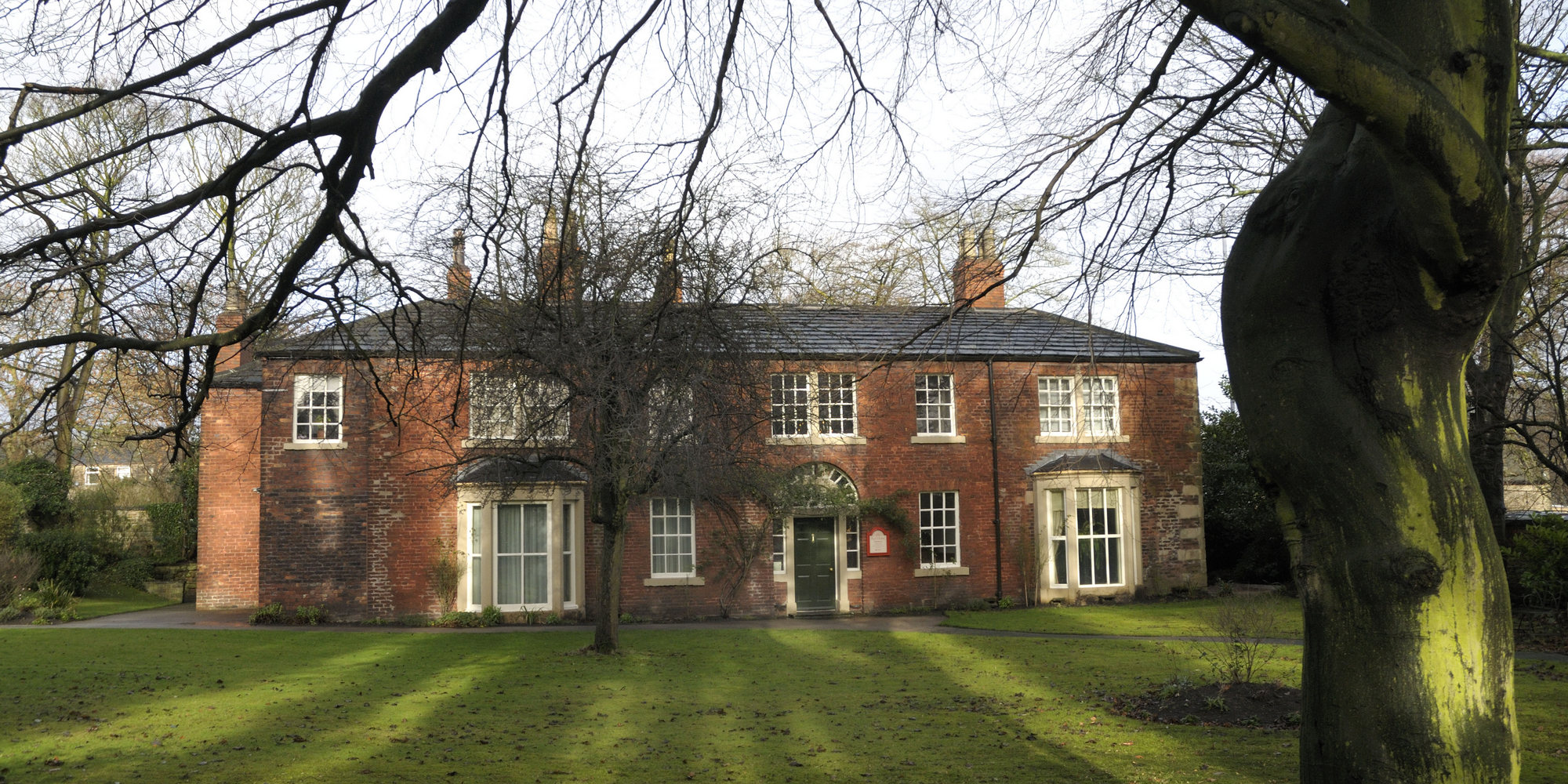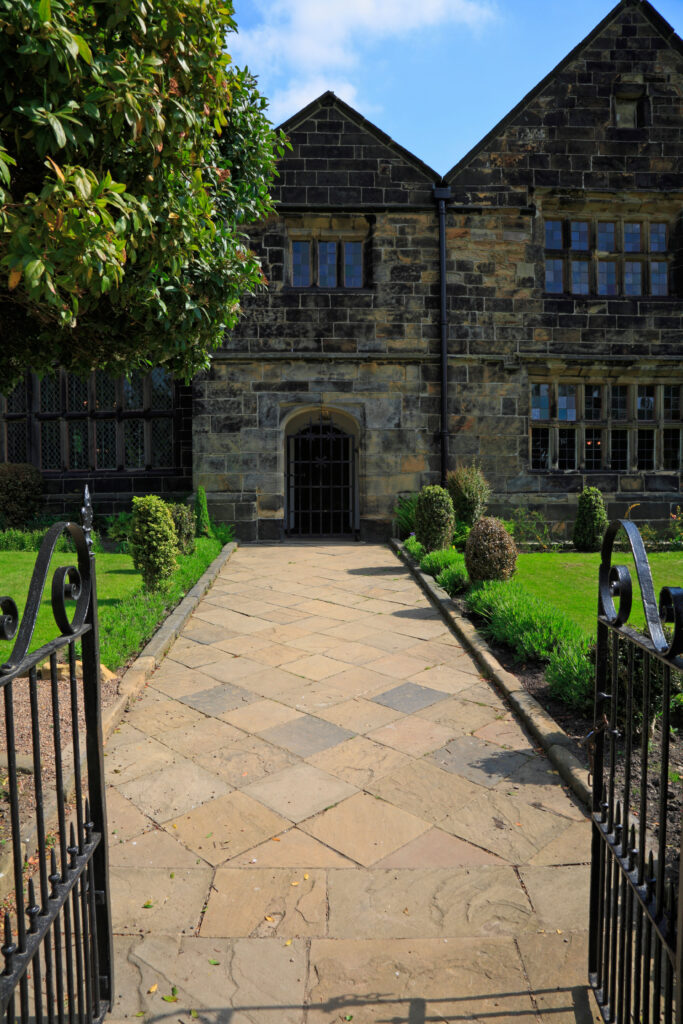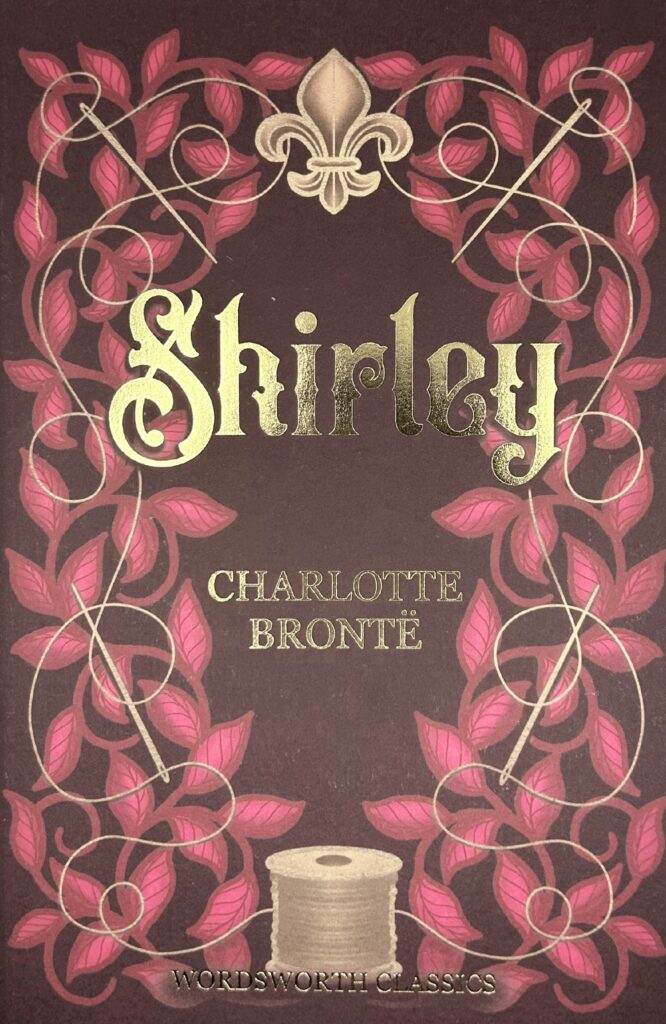
Book of the Week: ‘Shirley’.
David Stuart Davies looks at the second published novel of Charlotte Brontë
Shirley is one of the lesser-known works of Charlotte Brontë (1816 -55), overshadowed somewhat by her blockbuster Jane Eyre, which is a shame because it is a fine novel with an engrossing narrative. Hurt by certain the criticisms of Jane Eye as being passionate and melodramatic, in her published second novel, Charlotte sought to create a work that was as ‘real, cool and solid [as] unromantic as Monday morning.’ Shirley is set in the early part of the nineteenth century, during the Luddite riots and the last stages of the Napoleonic wars, which had been devastating for Yorkshire trade. It was also a time when industrialisation was changing the landscape and machines were taking over.
The narrative concerns the spirited heiress Shirley Keeldar, whose wealth liberates her from staid convention. Charlotte told Elizabeth Gaskell, who later became Brontë’s first biographer, that the character of Shirley was how she imagined her sister Emily (author of Wuthering Heights) might have turned out if she had the benefits of wealth and privilege. Shirley is independent minded and forceful, a new woman for the times.
Brontë scholar Lyndall Gordon stated that Shirley presents ‘a theoretic possibility: what a woman might be if she combined independence and means of her own with intellect. Charlotte Brontë imagined a new form of power, equal to that of men, in a confident young woman [whose] extraordinary freedom has accustomed her to think for herself.’ This analysis indicates why Shirley is regarded as a remarkable feminist novel.

Oakwell Hall, Birstall, West Yorkshire.
The book also features a second protagonist, the shy Caroline Helstone, who some believe was based on the author’s sister Anne. Caroline, whose uneventful life, trapped in the oppressive atmosphere of a Yorkshire rectory, symbolizes the plight of single women in the nineteenth century. The contrast between these two leading characters provides a view of the reality and the unequal potential of female existence in this period. Unlike Jane Eyre, which is written in the first person and narrated by the title character, Shirley is told by an omniscient but unnamed third person. Tragedy surrounded the writing of this novel: Charlotte’s brother Branwell died in 1848; followed shortly thereafter by the death of Emily in the same year; and then by her sister Anne in 1849.
The principal male character is Robert Gerard Moore, a millowner, who is determined to install new labour-saving machinery in his workshops and is undeterred by the opposition of his workers who attempt to destroy the mill in protest and then to kill him. Nevertheless, Robert persists in his plans in spite of the physical hazards and financial problems. He finally brings the workers around with the promise of more jobs and the provision of better housing.
This period of industrial unrest is captured most effectively by the author, basing many of the details on events that occurred locally. She studied the detailed and vivid reports of the Luddite riots in the files of the Leeds Mercury – mainly those of 1811 and 1812. She was also able to draw on an experience closer to home – from her father, Patrick Brontë, in fact. He had at one time been appointed to the parish of Hartshead-cum-Clifton, near Dewsbury, where a riot at Rawford’s Mill resulted in fourteen men being arrested and hanged. Robert Moore was based on William Cartwright, who was decorated for his part in the defence of the mill.
Although Robert is in love with Caroline, in practical terms he realises that his financial future would be more secure if he married Shirley. However, she is aware of Robert’s motives and rejects his proposal with disdain. Fate intervenes and, with the end of the war, Robert’s circumstances improve, and he marries Caroline, who loves him dearly. In the meantime, Shirley finds happiness with Robert’s brother Louis, who has as much spirit and determination as she has herself.
The novel also touches on the dissatisfaction with the government and the inadequacy of the church, epitomized by the satirical presentation of the three curates. However, the real attraction of Shirley lies in the engaging presentation of the title character and the sensitive and enlightened exploration of class and personal conflicts which help to convey the timeless universal struggle to reconcile individual rights and social equilibrium. Elements in life which are as relevant today as when the novel was first published in 1849.
It is interesting to note that Charlotte Brontë called her heroine Shirley as a mark of her individuality and her lively nature that was equal to any man, for at the time Shirley was a man’s name. It is said that it was a name that her father had intended to give to a second son had one arrived. The novel popularised Shirley as a name for women and today it is regarded as distinctly female.
Published shortly after Jane Eyre which had been a great success, Shirley received a muted reception from critics. Despite some the contemporary reviews complaining that there was too much melodrama in the novel, Shirley has only been adapted for the screen once – a silent film version in 1922 – and on one occasion for BBC radio in 2014.
Shirley is a unique Brontë novel because unlike the others, all of which give a sense of period and attitudes of the time, they rarely touch on the historical events which shape and influence the lives of the characters. Shirley does this by allowing the backdrop of the Luddite rebellion and the growth of industrialisation to create fascinating perspective to the narrative and the lives of her characters. However, there is no getting away from the fact that the novel tends to split readers into two camps: those who regard it highly as a mature work of great insight and those who are disappointed in it, finding that it fails to grip them as Jane Eyre did. I wonder in which camp are you going to raise your flag.
Main image: Red House, Gomersal, Yorkshire which inspired ‘Briarmains’ in the novel. Credit: Pictures Colour Library / Alamy Stock Photo
Image above: Oakwell Hall, Birstall, West Yorkshire which inspired ‘Fieldhead’ in the novel. Credit: Steven Gillis HD9 Imaging / Alamy Stock Photo
For more information on Charlotte Brontë, visit: Charlotte Brontë | Bronte Parsonage Museum
Books associated with this article
